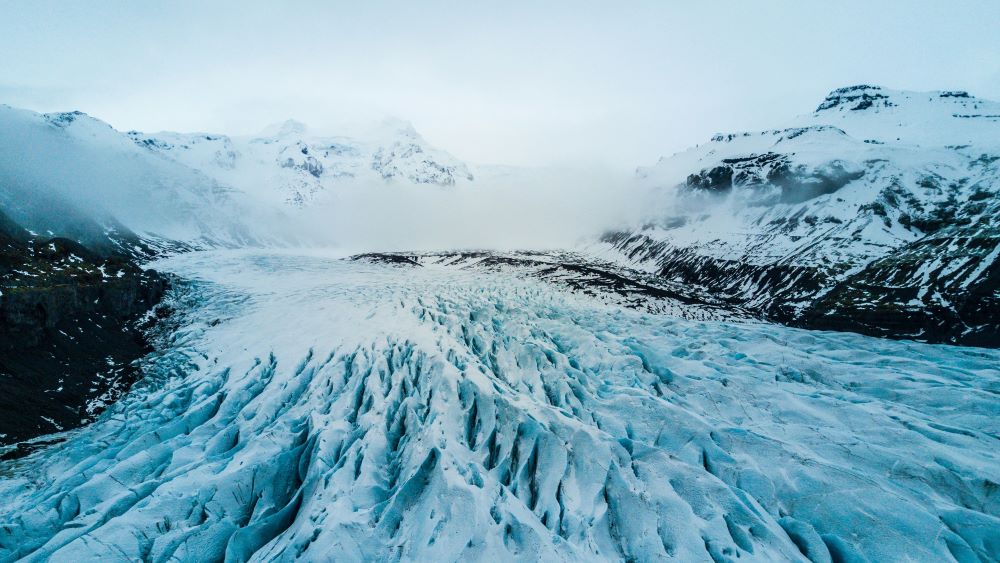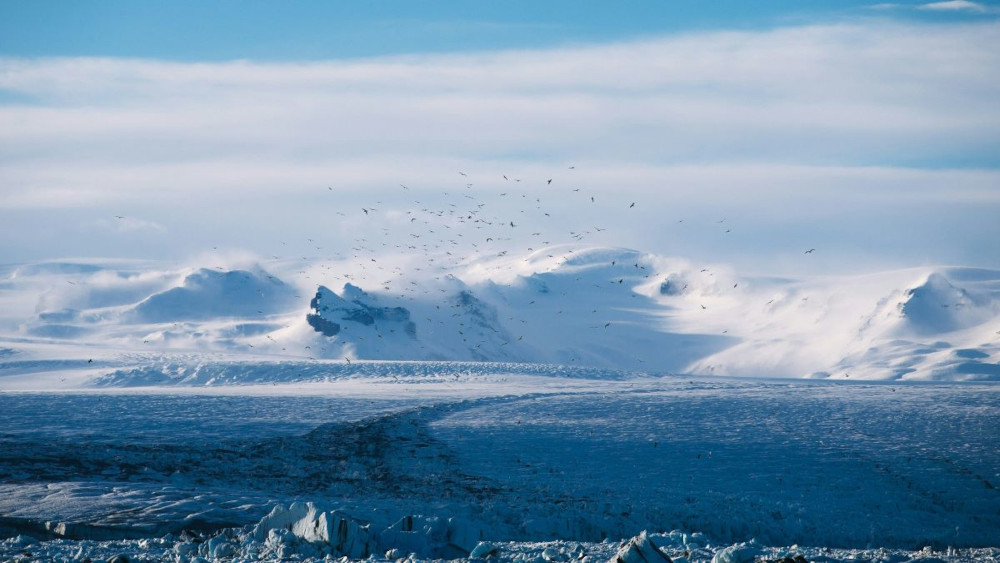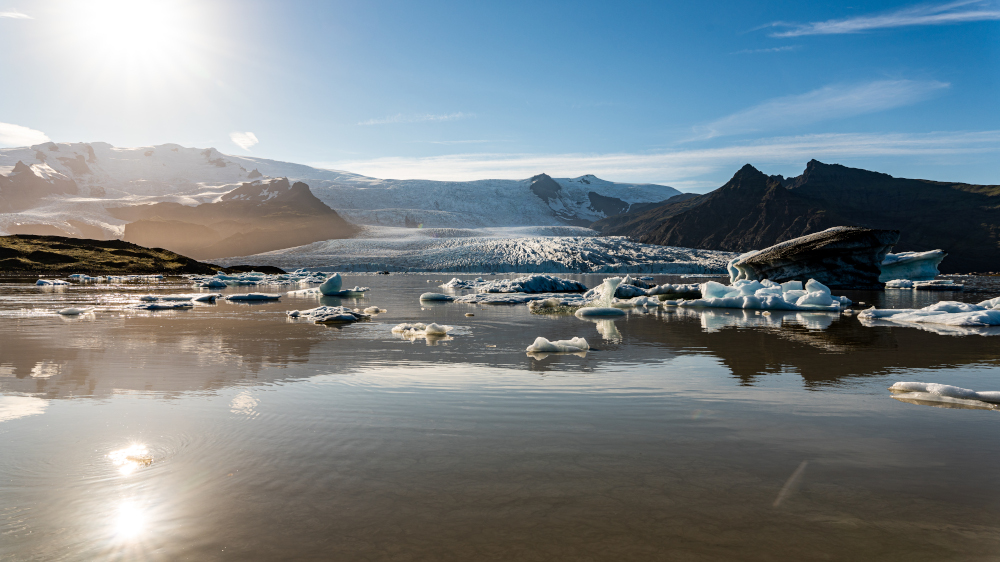Vatnajökull national park
Iceland is often referred to as the land of fire and ice! You shouldn’t be surprised to learn that it’s home to a number of glaciers, the largest being Vatnajökull. Let’s find out a little more about them and how you can combine a glacier excursion with a visit to Fjallsárlón glacier lagoon.
Iceland couldn’t have been better named: it is a land where you’ll often see ice, even if you visit in summer. An estimated 11% of the country is covered in the white stuff, so it’s hard to miss, especially if you’re travelling through the south of the country. That’s where you’ll find Vatnajökull glacier, the subject of this article. You’ll get a great view of it from Route 1, Iceland’s ring road, as you drive to and from Fjallsárlón lagoon. But trust us, you’ll want to get out of the car and take a closer look.
Fjallsárlón or Fjallsarlon is actually a very young natural phenomenon and does not have a long history in terms of being a lagoon. Here is a short history lesson on this area and facts about Fjallsarlon.
When Iceland settlement started in 874 it was said that the land was all grown with trees between the ocean and the mountains. The glaciers in Iceland were at the time also much smaller than they are today. During the first centuries after Iceland’s settlement there were 3 big farms in the area of Breiðamerkursandur the area where you now have Fjallsarlon and Jokulsarlon. Neither lagoon existed. But in the area was a big forest called Breiðamörk (Breidamork). It means broad forest.
The farm on the east side of this area was called Fell, on the west side the farm was called Fjall, and in the middle was the third farm with same name as the forest and called Breiðamörk.
Vatnajökull National Park – Unesco Heritage Site:
This week we would like to share with you some information about Vatnajokull National Park, why you should explore the area and the main highlights. This beautiful area possesses endless natural wonders of different landscapes.





